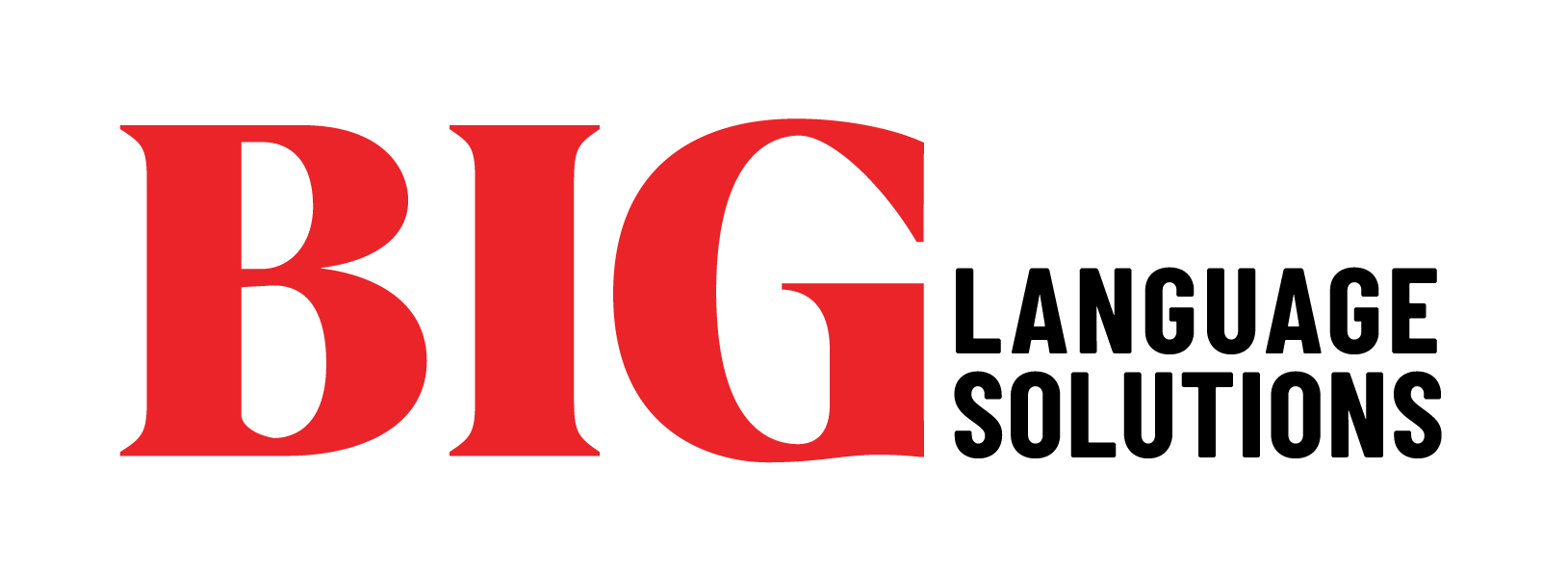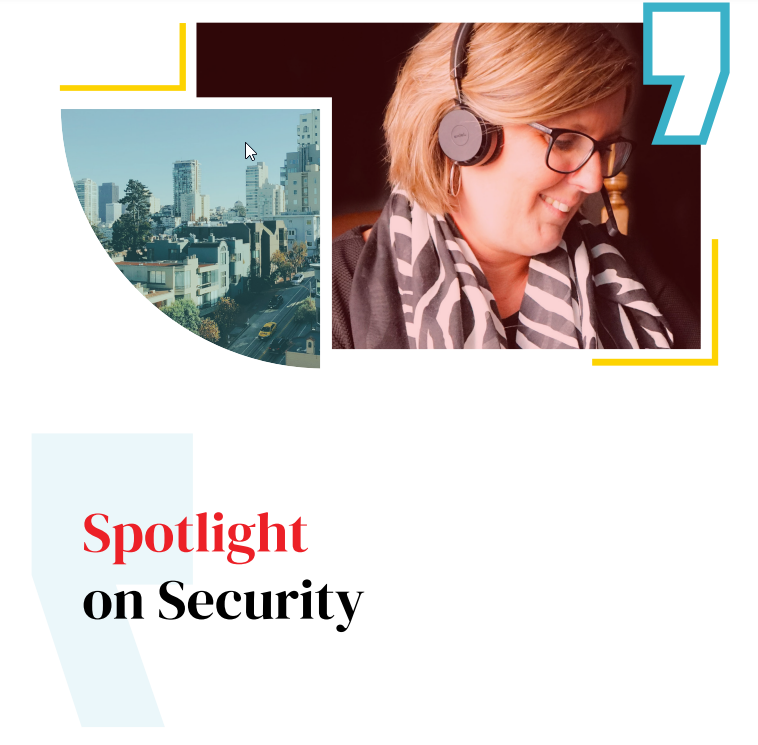A note about the linguistic aspects of the MDR.
Many medical device manufacturers breathed a sigh of relief last month as the Medical Device Regulation 2017/745 (MDR) was officially delayed until 2021, in response to the Covid-19 pandemic.
Of note, the EU Regulation on In Vitro Diagnostic Medical Devices 2017/746 (IVDR) has not been postponed and will still come into effect in 2022 as planned.
Whether this grace period for the MDR is enough for all companies to implement the regulations set out is another matter.
Many companies are still not ready for the regulation to come into force after 3 years of transition, which raises questions about whether it will be possible for some to catch up, even with the one-year extension.
Larger manufacturers have been able to assemble the documentation and clinical data required as part of the regulation, but for many small to medium-sized companies and start-ups, the regulation will increase the complexity, costs and resources required to market their devices in Europe.
Our focus is on the translation requirements found within the MDR 2017/745
Language requirements are set out across the full text of the regulation; though perhaps comfortingly, they may be the most straightforward aspects of the document.
Of specific interest to us as a language service provider (LSP), is the section in Annex II: the Technical Documentation to be supplied by the Manufacturer:
“2. INFORMATION TO BE SUPPLIED BY THE MANUFACTURER
A complete set of:
- the label or labels on the device and on its packaging, such as single unit packaging, sales packaging, transport packaging in case of specific management conditions, in the languages accepted in the Member States where the device is envisaged to be sold; and
- the instructions for use (IFU) in the languages accepted in the Member States where the device is envisaged to be sold.”
Translating these materials will be a straightforward exercise for a language service provider with experience working in medical devices.
With the right technology in place, an LSP will take your artwork (an InDesign package for example), and return a set of translated and proofed materials ready for printing.
This stage in the process is a simple one. However, errors in artwork can be costly to correct further down the line, so choosing an LSP with a robust (ISO-certified) Quality Management System is essential.
There is one year left until the MDR comes into force. Let Dora Wirth (Languages) Ltd. handle the translation of your packaging and IFU.
—
Read
the full text of Medical Device Regulation 2017/745 here.








